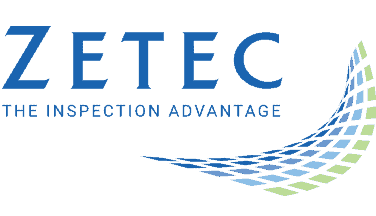Evaluating Pipeline Inspection Services in the Oil and Gas Industry

Pipelines are among the largest pieces of physical infrastructure incumbent to the oil and gas industry. Snaking across every continent except Antarctica, pipelines carry oil and gas from wells to refineries. Once installed, pipelines significantly reduce transport costs, enhancing profitability margins. However, their size, ubiquity, and exposure to various elements also make pipelines risky, as a problem could occur at any point along their massive lengths. Keeping pipelines safe requires frequent attention.
Metal swells, shrinks, vibrates, and corrodes. Welds can lose their structure and strength. External damage from wind, flood, earthquake, tree, and fire can diminish pipeline integrity. Over millions of miles and dozens of years, anything that can happen to a pipeline, will. When a pipeline ruptures, it can cause severe economic and environmental damage. Oil and gas companies mitigate these risks by regularly performing rigorous pipeline inspections.
Nondestructive Testing is Essential for Oil and Gas Pipelines
Some pipeline issues can be detected with a simple visual inspection. A fallen tree, a damp patch of rust, or a twisted support joist are all relatively easy to spot. But while visual inspection can be useful, it doesn’t do enough to identify emerging pipeline issues before they become visible to the naked eye. Often, emerging problems lie in the interior of the pipeline’s walls or welds, and are invisible without special equipment.
To identify these emerging problems, companies rely on nondestructive testing (NDT) techniques. For pipelines, ultrasonic scanning is typically the preferred method. Ultrasonic scanning equipment transmits high-frequency sound waves into a solid object. By analyzing the reflectance or transmittance of these sound waves, the instrument is able to identify any flaws or irregularities in the substrate. Such flaws and irregularities are indicators of emerging problems, and once identified, can be corrected.
Pipeline Inspection Services for Oil and Gas NDT
Instead of, or in addition, to hiring in-house teams, some oil and gas companies turn to pipeline inspection services. Pipeline inspection service companies can provide equipment and training for company employees; some may also be able to provide inspection personnel.
Different pipelines will have different inspection needs. The level of service needed from third-party inspection companies will vary based on a multitude of factors, including a pipeline’s age or size as well as standards set by government laws, the pipeline’s proximity to populated areas, and the presence (or lack thereof) of an established in-house inspection program. While some companies may require a fully operational third party inspection team for their NDT inspection needs, in many cases it may be beneficial to partner with a manufacturer that can provide a company’s in-house team with the training and equipment they’ll need to perform their own quality inspections on a regular basis.
Pipelines require constant, ongoing inspections. As soon as an inspection team has worked their way to the end of the pipeline, they start again from the beginning. This scrutiny is necessary to prevent costly accidents. Working with a pipeline inspection service can provide oil and gas companies with the equipment, training, and manpower they need to keep their valuable transport assets in proper working order.
Zetec is a leading provider of NDT equipment and training for pipeline inspections. Our experts can provide valuable insight to help your pipeline inspection program succeed. To learn more, contact us today!





